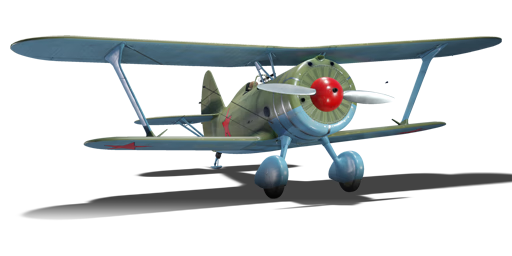



The I-15bis was the second variant in the I-15 series of Soviet biplane fighters. Testing and acceptance trials began in July 1937, a year after the previous TsKB-3bis failed to meet the performance requirements. Just a few months later, the I-15bis entered service with the Soviet Air Force. Early models utilized the M-25 engine from the prior I-15 M-25 until mass production of the more powerful M-25V engine became available in mid-1938. The aircraft was also quickly deployed in China during the Second Sino-Japanese War, where it outclassed the Japanese Kawasaki Ki-10 but struggled against monoplanes like the Mitsubishi A5M2a and Nakajima Ki-27. As time went on, new contenders in the constantly changing field of aerial combat emerged, including the Mitsubishi A6M Zero and the Messerschmitt Bf 109, and the I-15's limitations became obvious. It was quickly phased out as a fighter and assigned to less demanding roles, such as ground attack. A total of 2,408 I-15bis fighters were built between the autumn of 1937 and the end of 1939, making it the second most numerous variant of the I-15 family, just behind the I-153.
The I-15bis was introduced in Update 1.31. It provides as a solid introduction to the tree as the first fighter in the line, prioritizing agility and depending primarily on getting its opponents in fights that it can easily win.
flaps
flaps
flaps
brake
control
| Belt | Belt filling | Armor penetration (mm) at a distance: | |||||
|---|---|---|---|---|---|---|---|
| 10 m | 100 m | 500 m | 1000 m | 1500 m | 2000 m | ||
| T/Ball/AP-I/AI/AI/AI | 13 | 12 | 7 | 3 | 2 | 0 | |
| T/AP-I/AI/AI/API-T | 13 | 12 | 7 | 3 | 2 | 0 | |
| API-T | 9 | 8 | 6 | 3 | 0 | 0 | |
| AP-I/AP-I/AP-I/AI/AI | 13 | 12 | 7 | 3 | 2 | 0 | |












Flight performance | |
|---|---|
Survivability |
|---|
Weaponry |
|---|